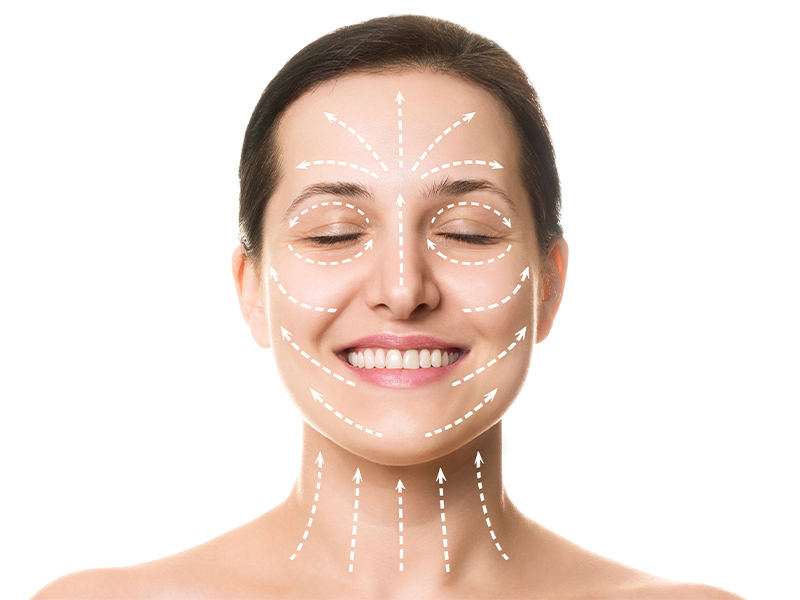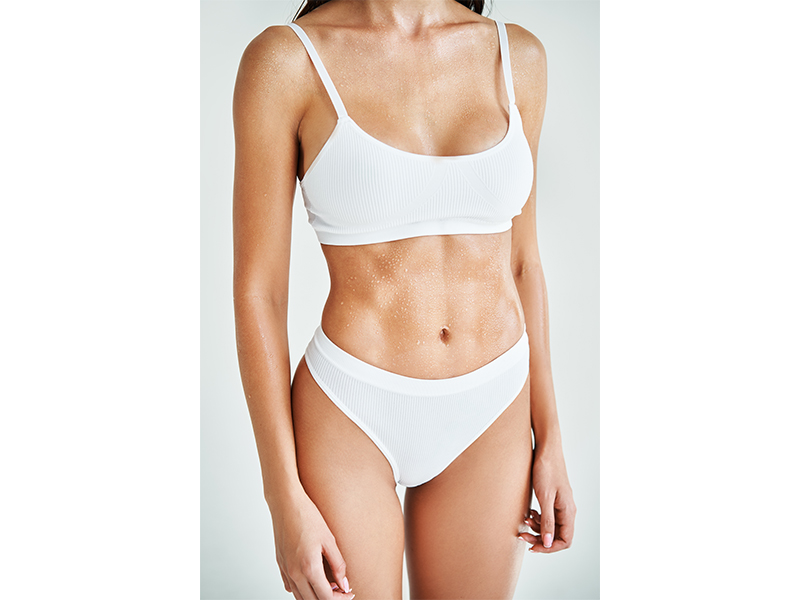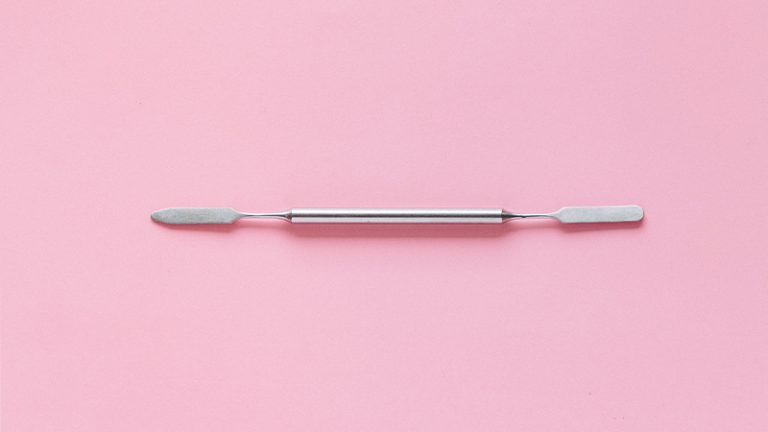Minimally Invasive Liposuction (MILA), that’s it! I sat down with Singaporean plastic surgeon DR MARCO FARIA CORREA for an update on how to achieve a beautifully sculpted tummy – and other global plastic surgery trends, including rhinoplasty.
There is no doubt that Dr Marco is the man to fill me up. He has just returned from Athens, where he presented the MILA technique at the International Society of Aesthetic and Plastic Surgery (ISAPS) conference.
Events like these are key to staying on top of industry developments, he says. “Science is constantly evolving and I’m always learning. It’s never boring.”
“They are also enjoyable, because the participants are generally the best and most successful surgeons from their countries. We are constantly solving problems, improving our techniques and sharing skills and tips with each other. Sometimes, you can learn more in the hallway than in the auditorium!”

Born to work
“I’ve been a surgeon all my life – and I love being in the theater and doing surgery.”
Although this Singaporean plastic surgeon performs a wide range of plastic and cosmetic procedures for both men and women – everything from nose jobs, facelifts and breast enhancements to tummy tucks and Brazilian butt lifts – Dr Marco is best known here for the “mummy makeover”, which is exactly what it sounds like. (This may include breast surgery, tummy tuck, liposuction, lip surgery, as well as one or more facial rejuvenation procedures.)
Globally, however, he is renowned for his pioneering work in the field of minimally invasive endosurgery, including the use of robotics that he introduced in 2015. During our conversation, he was looking forward to holding a workshop in Brazil next month to train surgeons from different countries in the use of MILA.
“It’s not just about the best surgical techniques,” he explains. “I am also passionate about the importance of patient conditioning, physical therapy and rebuilding core strength and function. After all, they are absolutely necessary for a pleasant and lasting result.”
Who is MILA for?
It’s for a specific type of patient, explains Dr. Marco. The latest in mini tummy tuck technology, it is a minimally invasive method that uses endoscopic and robotic surgery to restore the abdomen after pregnancy, with the significant advantage of leaving minimal and inconspicuous scars.
MILA is suitable for someone who has little to no excess skin and cosmetically good skin with healthy elasticity. Often, this functional and cosmetic surgery involves the repair of the rectus abdominis – a vertical gap that usually forms between the two sides of the rectus abdominis muscle. And this aspect is at least as much about restoring healthy function as it is about aesthetics.
MILA also includes high-definition liposuction to sculpt the patient’s ideal waistline and contour. According to Dr. Marco, the surgeon must be very experienced, clear in his mind about the outcome and honest enough to convey what is or is not possible.
If you are not a suitable candidate, he will tell you. In his practice, 75 percent of people will not qualify for MILA, purely on the basis that they have very loose skin. For them, a standard abdominoplasty may be the right choice. However, that still leaves 25 percent of people who are good candidates!

Abs to die for
Speaking personally, my stomach has never been my strong point – never smooth or flat enough for my liking. Luckily, I’m well into that stage of life where a dressier style of dress trumps fads like crop tops.
But I can’t help but wonder… could MILA be an option for someone like me – neither overweight nor particularly flabby – who’d just like to have a smoother, more youthful beach belly? (For vanity’s sake, so to speak.)
If there is room for improvement, replies Dr. Marko, why not? As long as it’s safe, plastic surgery can do wonders to improve self-image and eliminate associated emotional distress. When someone’s quality of life is limited, for example by avoiding being seen at the gym or at the beach, that may be a good enough reason to do so.
Once again, beauty is in the eye of the beholder. There is no single definition of an attractive belly: preferences are influenced by culture, ethnic differences and personal taste. “Some people want a very muscular stomach with a defined six-pack,” in Dr Marco’s experience. “Others prefer a slightly curvier waist and abdomen covered with a light layer of fat.”
Plastic surgery trends
When clients ask what’s new in plastic surgery, he’s quick to point out that newness is rarely an advantage. Tried and tested is the way.
“We use established procedures that have stood the test of time and repeated practice. That said, there is always room for incremental improvements that promise faster healing or enhanced results. Before we adopt a new technique, we need to see a surgical demonstration and know that it can be consistently reproduced.”
New technology brings new applications that require top plastic surgeons to improve or even redesign their techniques, he says. “Keep things interesting!”
For example, both facelifts and neck lifts have been done for many years. Over time, the facelift scar has moved to the hairline and changed into a zigzag line to make it less noticeable.
“Similarly for the neck lift, we now have new robotic platforms that allow us to come from behind so we avoid making an obvious opening in the front of the neck.”
The same goes for nose jobs. “It was all ‘closed’ rhinoplasty before we moved on to ‘open’ rhinoplasty. Today, we often use a third, more conservative technique called conservative rhinoplasty.” This approach involves precise and minimal incisions while preserving the underlying structures and tissues as much as possible.
Continuous updates
Likewise, breast augmentation surgery continues to evolve. Implants were traditionally placed under the breasts, above the muscles. then under the muscle. and then under the fascia of the muscle. A specialized plastic surgeon will be able to choose the appropriate technique for a particular patient.
“For example, someone with flat, bony breasts needs her implants placed under the muscle or they won’t look natural. For a woman with somewhat fuller breasts, we might just need to increase the volume over the muscle.”
Instead of women asking for overly large breasts, he sees a move toward smaller, more modest enhancements. This is good too. “Too large breasts are not functional, for a number of reasons. They can stretch the skin irreversibly, cause sagging over time and even lead to postural problems.”
Extras
A Singaporean plastic surgeon like Dr. Marco is resorting to non-surgical body tightening technologies that can improve patient outcomes. One of these adjuncts is a radio frequency (RF) plasma based device that is often used after liposuction to trigger collagen production to effectively smooth and contract the subcutaneous tissue. Dr Marco has been using it with excellent results since 1992.
He also likes a micro-needling device that delivers RF to remodel subcutaneous fat.
Conclusion
“Concepts of beauty are changing so quickly these days, driven by social media and influencers. Plastic surgery trends start, go viral and spread like wildfire. It’s impossible to keep up.”
Following Dr Marco’s record, however, he will continue to do his best!
#10-26/27 Mount Elizabeth Novena Specialist Centre, 38 Irrawaddy Road
6464 8075 | drmarco.com
This article about Singaporean plastic surgeon Dr Marco first appeared in the December 2023 edition of Expat Living. You can buy it latest issue or subscribe so you never miss a copy!
To get the most out of living in Singapore, read our latest City Guide here free of charge!

